en
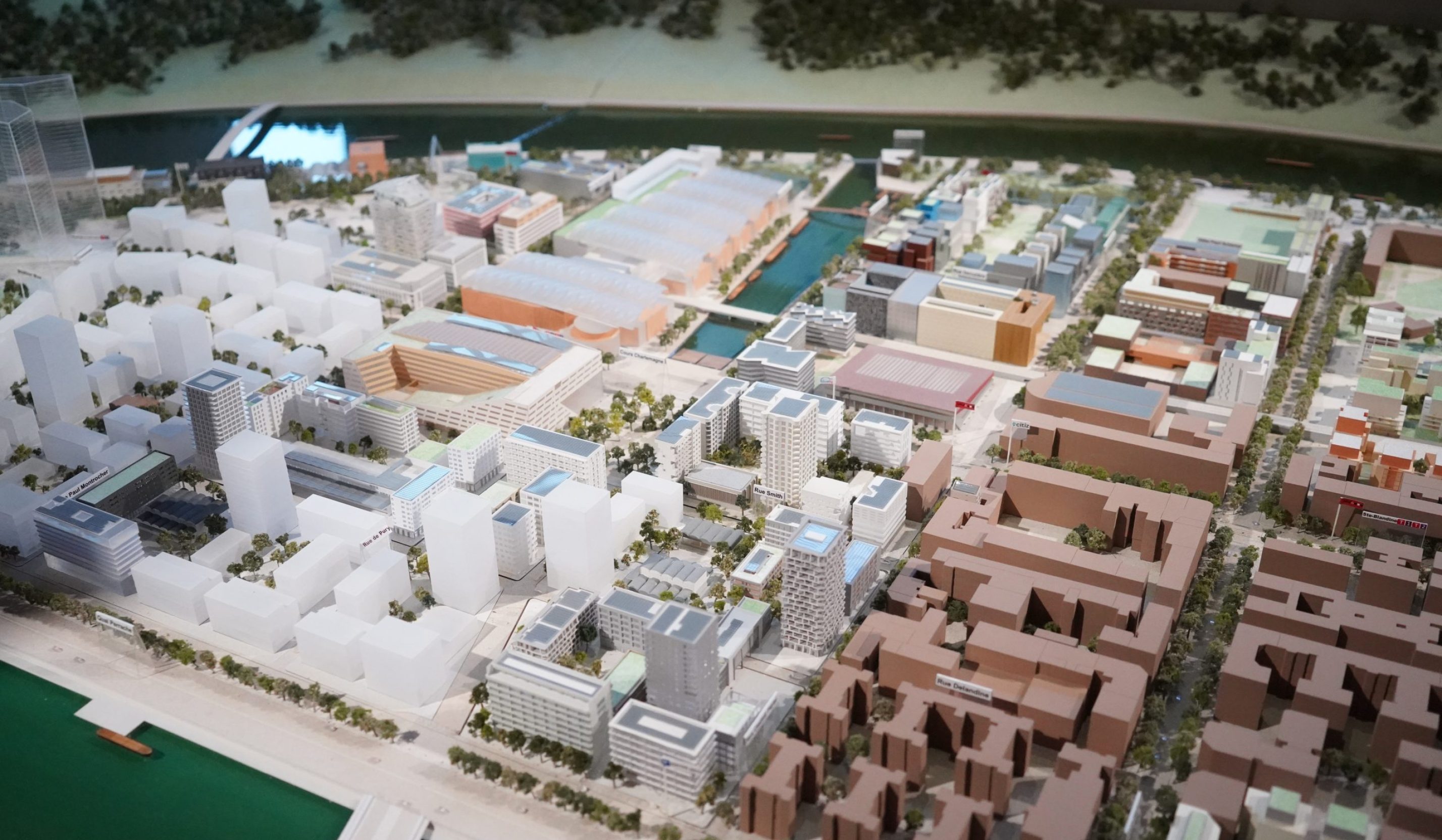
SETEC OPENCY ASSISTS THE PROJECT MANAGEMENT IN THE LYON CONFLUENCE ZAC PROJECT
The Lyon Confluence Project: An Urban Ambition at the Heart of the Metropolis
The Confluence urban project is one of the flagship initiatives of the Lyon metropolitan area, which will double the size of Lyon’s city center. It is also a European-scale innovation laboratory where the stakeholders involved in “city-making” experiment with new solutions in favor of ecological and social transition, which can later be replicated in other regions. The project covers 150 hectares located south of Perrache train station on the Lyon peninsula. Managed by SPL Lyon Confluence on behalf of the Metropolis of Lyon and the City of Lyon, its development began about 20 years ago.
The completion of the Confluence urban project on the Rhône side, by 2032, will include:
– Residential and economic pathways for the remaining 10 mixed-use blocks to be built, representing 1,200 housing units and an additional 70,000 m² of office space;
– Generous, densely planted green courtyards in the heart of the blocks to reduce the urban heat island effect and reconnect with nature in the city;
– New buildings of high environmental quality or restored industrial heritage landmarks, all connected to the metropolitan heating network and capable of producing all or part of the energy they consume;
– 12.5 hectares of public spaces designed for and with users, prioritizing soft mobility and promoting biodiversity development;
– Educational, cultural, and sports facilities, along with active ground floors to foster quality urban living.
This urban project aims to address numerous challenges of ecological, economic, and social transition through an ambitious program focused on quality of use.
Creating a sustainable, mixed-use, and connected neighborhood in a constrained space and interacting with major infrastructures requires rigorous coordination of the construction sites. This is precisely the role of OPC (Scheduling, Management, and Coordination), and it is within this framework that setec opency operates.
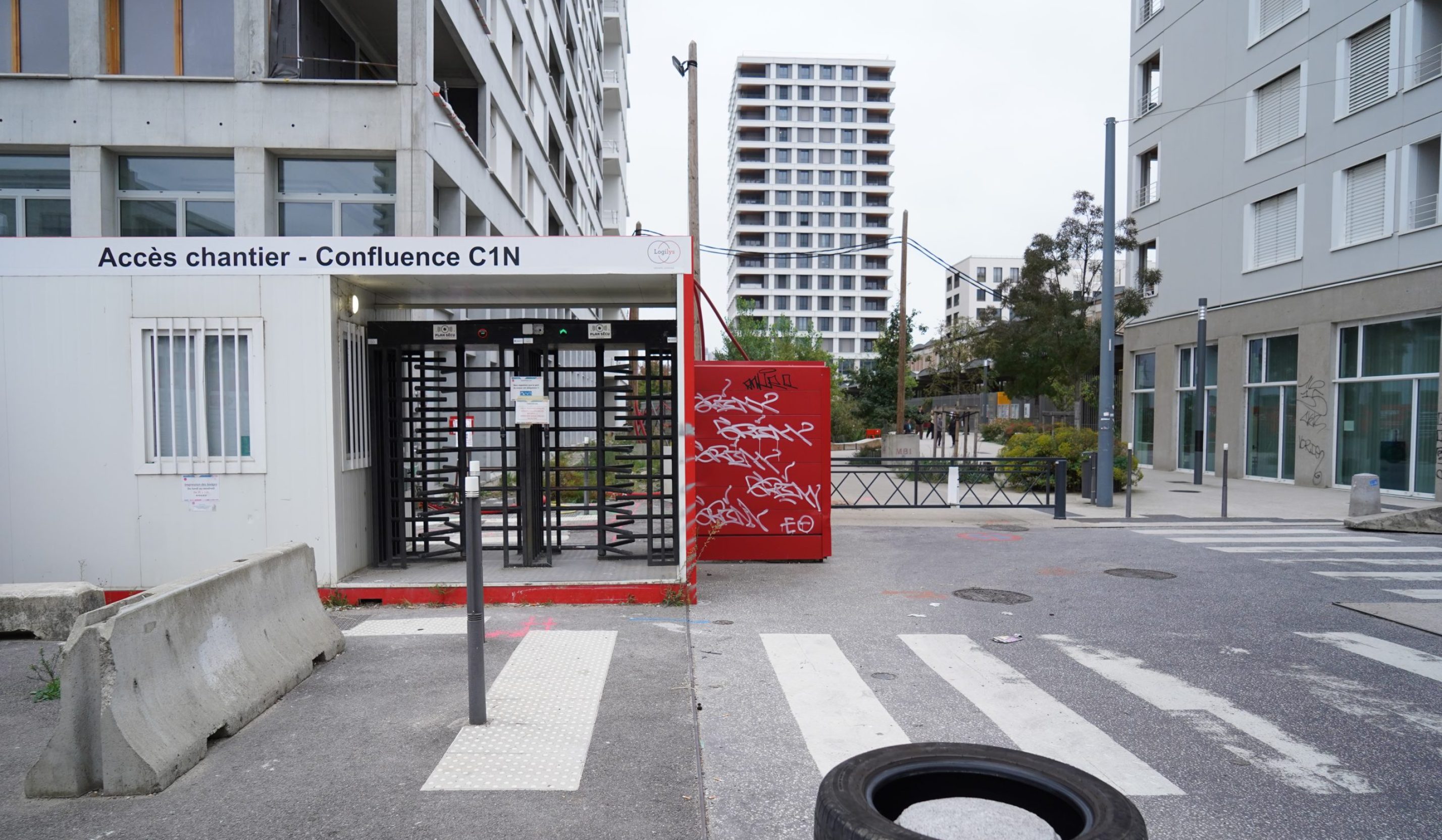
Our AMO OPC-IC and OPC WORKS Missions in Service of the Confluence ZAC
As part of this large-scale urban transformation, SPL Lyon Confluence entrusted setec opency with an OPC-IC mission (Scheduling, Management, and Inter-site Coordination) and OPC Works, essential to ensure the smooth progress of construction across the entire ZAC perimeter.
The setec opency teams are tasked with coordinating all public and private construction sites in a dense and constrained environment. This mission involves:
– Developing and monitoring detailed schedules for public development works
– Coordinating public space works in interface with building constructions and utility network installations within the ZAC
– Studying and proposing development scenarios at the overall scale until the completion of the ZAC’s development
– Anticipating interactions among the various stakeholders and serving as the interface between the developer and the project management throughout the project
– Monitoring the inter-project management account for shared expenses (signage, cleaning, security, etc.)
The mission led by setec opency is exemplified through three projects: Marché Gare, Place Hubert Mounier, and Voie Lyonnaise 6.
Regarding the first, the Porch Building of the former Lyon wholesale market has been renovated to house Marché Gare, a concert hall labeled SMAC, a bar, a second performance space, a cultural café, a meeting room, and offices.
Place Hubert Mounier, inaugurated in May 2025, connects the new Marché district to Perrache – Sainte-Blandine. It offers a relaxation space for residents and visitors.
Voie Lyonnaise 6 will run along the Rhône from north to south across the Metropolis, from Perrache to Saint-Genis-Laval. It is part of the redevelopment project of the Rhône’s right bank.
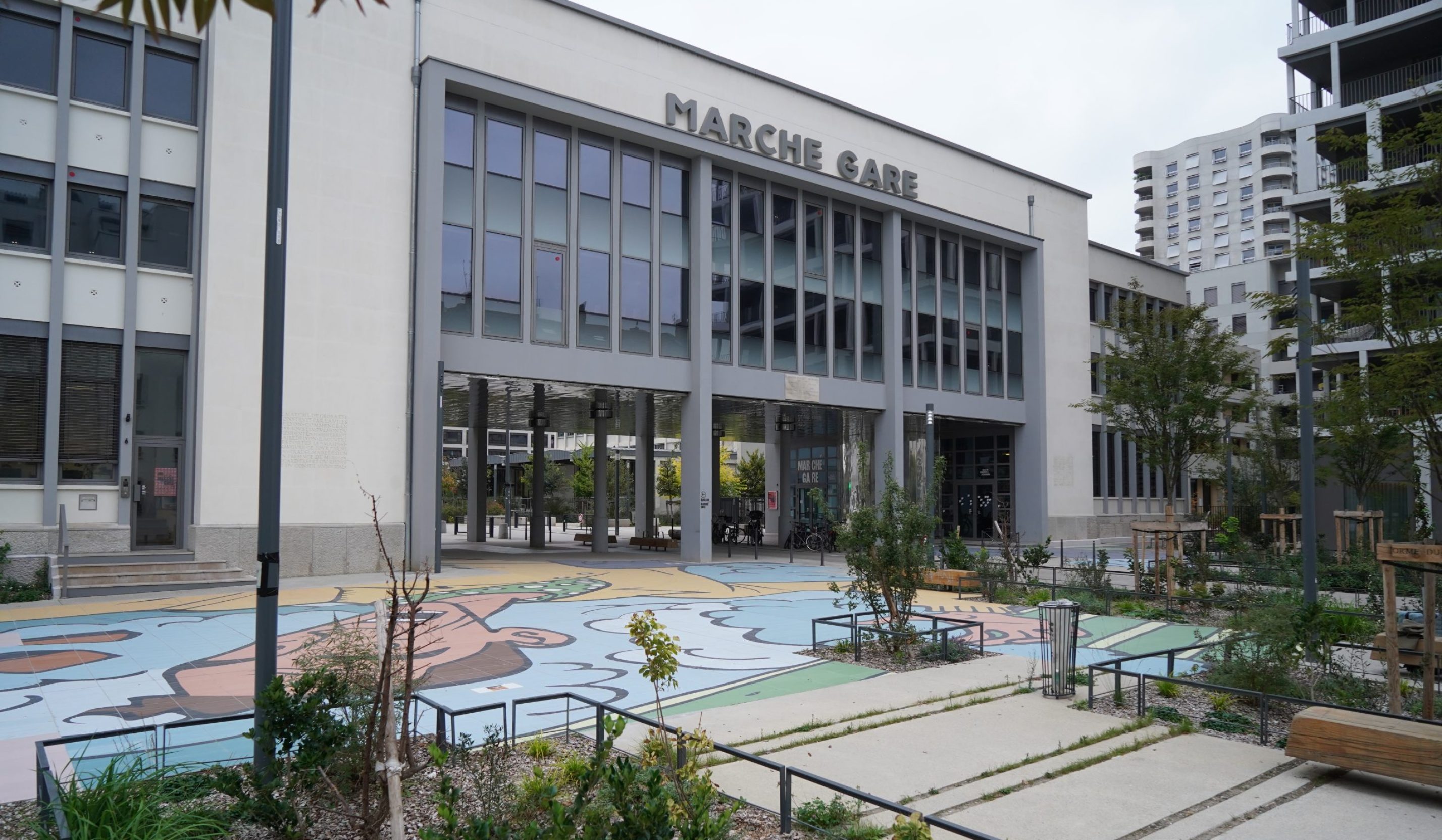
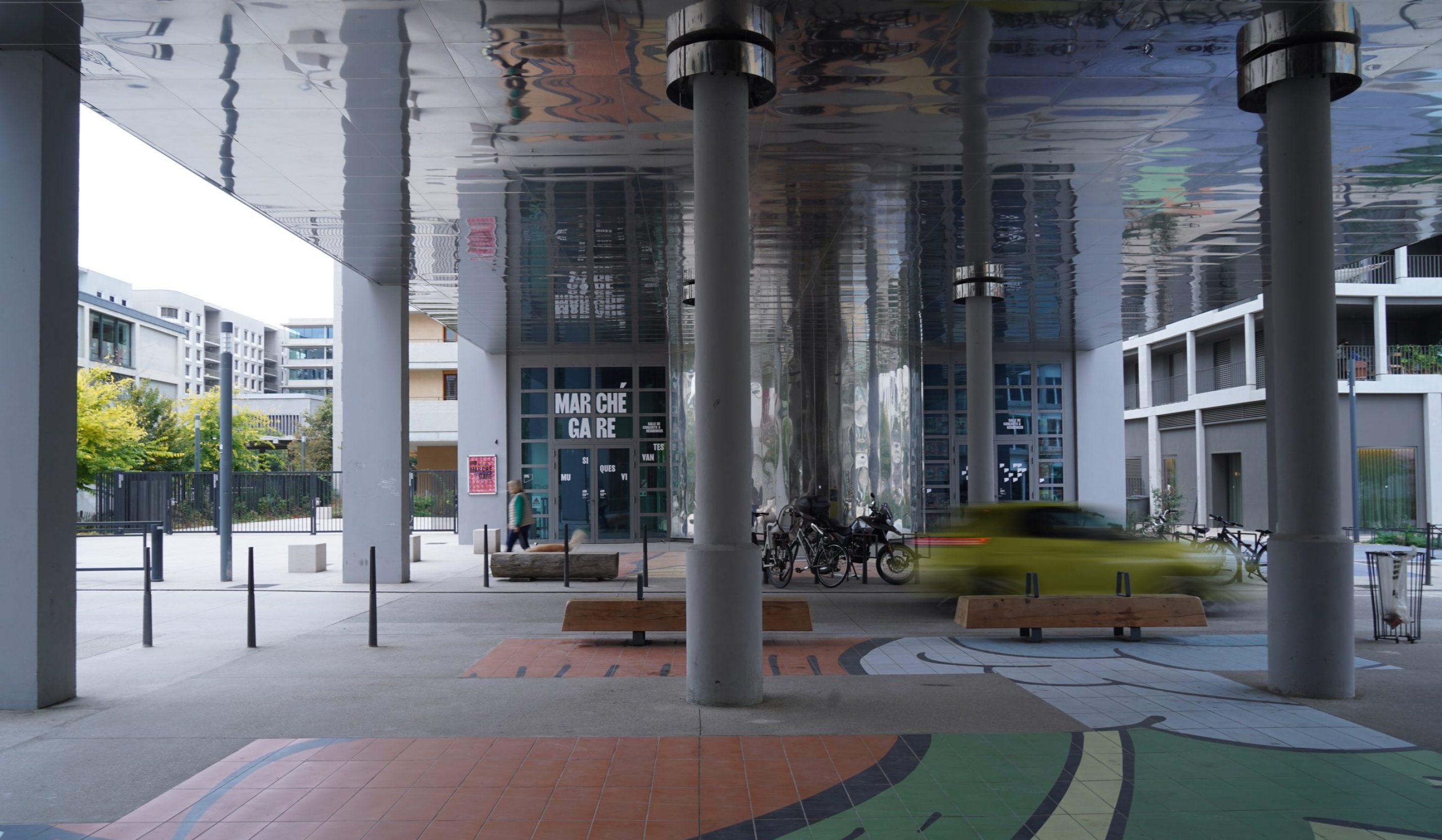
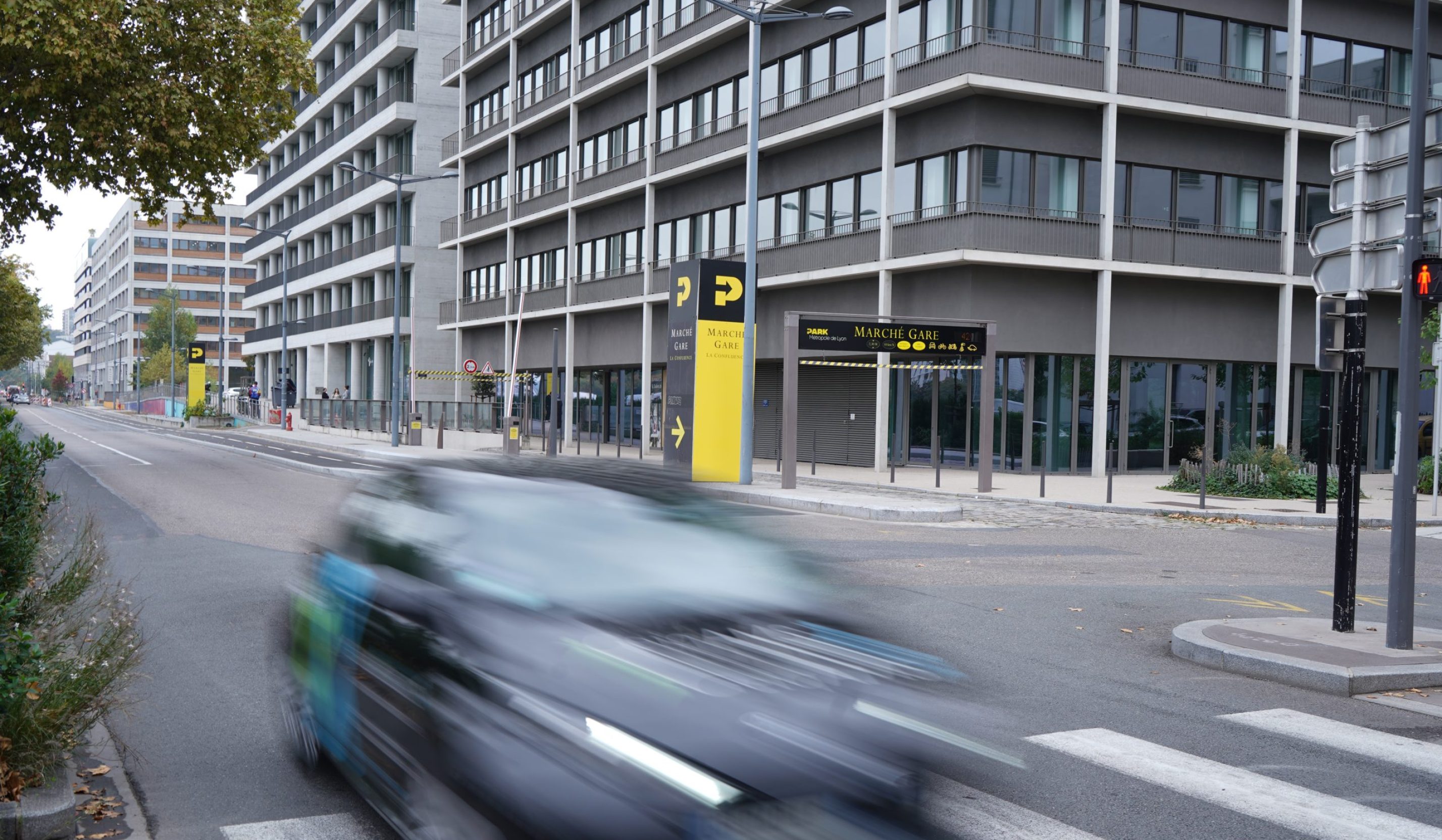
Multidimensional Constraints Challenging Our Mission
A complex and multidimensional set of constraints must be anticipated, managed, and integrated into planning and project management.
The intervention area is located in the heart of the metropolis, within a dense urban environment bordered by major infrastructures such as the former A7 highway and railway tracks. This context demands rigorous management of access, flows, and site footprints in a limited space where construction sites, residents, public facilities, and businesses coexist.
Added to this is the complexity of phasing: the works span approximately ten years, with progressive deliveries, site areas being released over time, and a multitude of public and private stakeholders whose schedules must be synchronized.
setec opency also faces significant technical constraints. It is responsible for coordinating network works (sanitation, drinking water, district heating, lighting, telecommunications, gas, electricity), while ensuring compatibility of interventions among different project owners. The simultaneous activity of construction sites, sometimes on adjacent plots, requires careful anticipation.
Furthermore, the site presents environmental specificities that cannot be ignored. The industrial history of the area requires controlled management of excavated soils, with strict protocols to prevent the dispersion of contaminated materials. The OPC must oversee the reduction of nuisances (noise, dust, mud), the preservation of biodiversity, stormwater management, and the promotion of soft mobility.
The OPC must ensure the obtaining and monitoring of necessary authorizations (building permits, DICT notifications, public domain occupation), while guaranteeing compliance with safety and occupational health standards. It works closely with SPS coordinators, technical services of local authorities, utility companies, and administrative bodies (labor inspection, safety, road authorities, police).
Finally, the human and social dimension of the project demands particular attention to communication and consultation. The OPC must anticipate the impact of construction on the daily life of residents and users, implement appropriate signage, and contribute to educating stakeholders about the urban project.
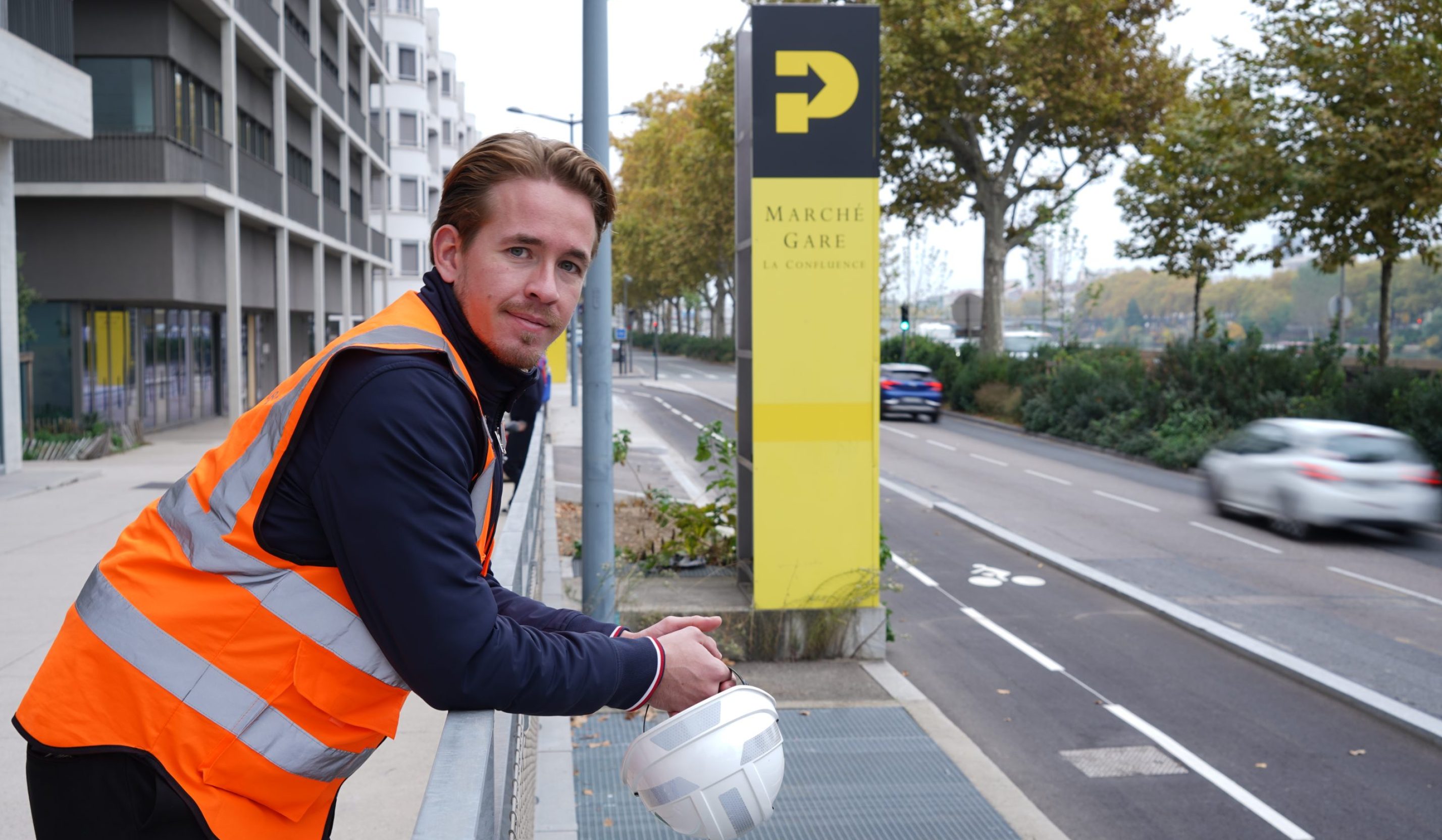
In this particularly strategic role, setec opency acts as the conductor of all operations, ensuring the smoothness, safety, and coherence of the works over time and space. The AMO OPC-IC and OPC Works missions within the framework of the Lyon Confluence 2 ZAC go beyond mere technical coordination. They lie at the heart of a complex, demanding urban project, deeply rooted in the contemporary challenges of sustainable cities. These missions require refined expertise, the ability to anticipate, methodological rigor, and a keen sense of dialogue and collective responsibility.
Photo credits ©setecopency